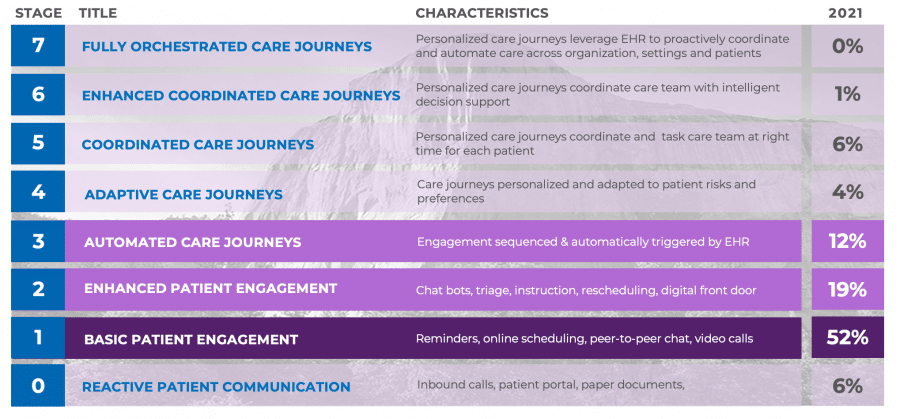Like a climber attempting an ascent of El Capitan in Yosemite, digital transformation can seem like a massive, daunting journey. Climbers often use chunking, breaking the problem into steps, instead of contemplating the dizzying ascent all at once. They will chunk down their route into more manageable pitches, aiming to reach the top with no falls.
You may have seen the epic documentary ,“The Dawn Wall” (available on Netflix) about Tommy Caldwell and Kevin Jorgeson planning and successfully scaling 3,000 feet of a seemingly impossible rock face. Its name comes from being the first section of El Captain where the sun hits every morning. After six years of planning, they chunked down the route into 32 pitches, grouped into five difficulty levels, which they finally ascended in 19 days in January 2015.
Chunking is not just used in climbing; athletes also use it to break up and develop their technique. Baseball coaches use it to help players break down their technique into smaller, easier-to-learn parts. By focusing on these smaller skills one at a time, they create one superior movement when put together. Olympic swimmers also use it to focus and combine the many minute individual adjustments they make to their body position to improve hydrodynamics.
With a national nursing shortage looming, staff frazzled from the pandemic, and consumers spending almost eight hours a day looking at digital content (source: eMarketeer), there’s never been a better time to get started with your digital transformation journey.
A bit like The Dawn Wall route that Tommy Caldwell pioneered, there is no template to transform your digital health experience; we’re breaking new ground. The journey to digitally transform a patient experience can feel overwhelming – it’s a huge endeavor for those who are thinking about it strategically – and this is when chunking down can be applied to make things easier.
I recently created a model for digital health experience transformation that chunks it down into seven stages. Think of it as a template to adapt and make your own. We tested this model across 91 U.S. healthcare leaders, and the results were revealing. Seventy-eight percent of those interviewed indicated that they were in the early stages of digital experience transformation (Stages 0 to 2), with the majority in Stage 1. However, things are about to change quickly as 67% indicated they intend to reach Stages 3 to 5 over the next two years, most in Stage 3.

The model considers that basic patient engagement has been the first significant step towards a digital experience, primarily focused on the patient. The next step will be to enhance patient engagement and make it more intelligent and responsive. As patient engagement has tended to fragment the experience with siloed products, we need to consider automated care journeys to relieve the burden on care teams and begin to sequence the care journey. We then need to deploy adaptive care journeys to create sticky experiences that flex to address each patient’s risks and preferences.
Coordinated care journeys can be focused on tasking the care team more efficiently, so their time and skills are optimally utilized. Focusing on the care team further, the next pitch on our model is enhanced coordinated care journeys that leverage algorithms and artificial intelligence (AI) for intelligent decision support. Finally, fully orchestrated care journeys take an end-to-end approach, ensuring the care team and patient have a fluid, proactive, and continuous digital experience. All these stages can take advantage of an orchestration engine, the digital glue that connects, automates, and combines the experience for patients and care teams.
Digital experience transformation will be an exciting journey, with the potential to extend the reach of your brand and care team to wherever patients are. It will make a massive difference to many lives, taking your brand into the home. As you look up and take in the enormity of this ascent, start to chunk it down into your own pitches, your moves, and techniques that address your organization’s unique goals and issues.
Too many are health systems are getting stuck at the strategy level, as there is an industry vacuum of those able to operationalize these strategies. With real-world, applied experience, Lumeon’s experts can help – get in touch and let’s get the conversation started.

